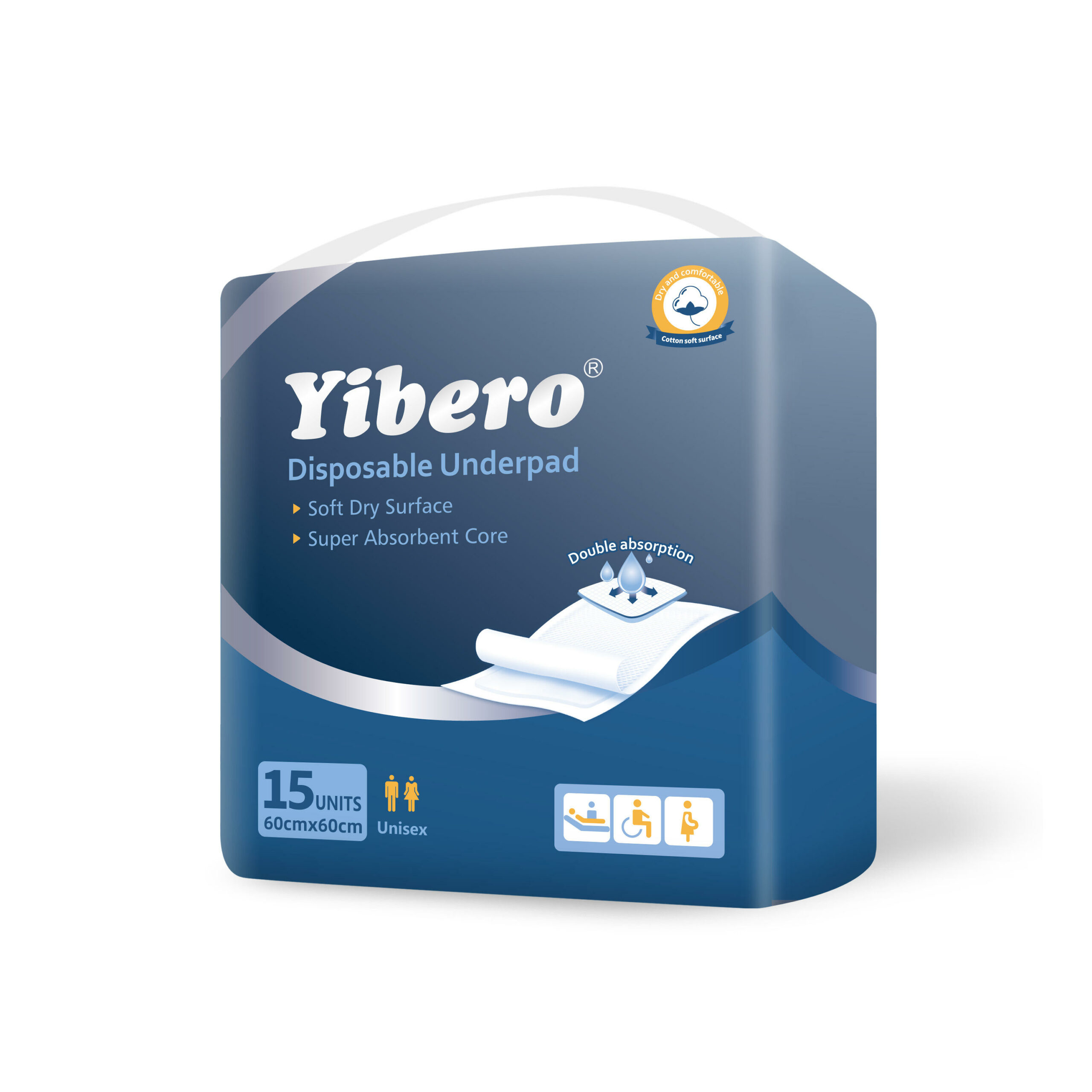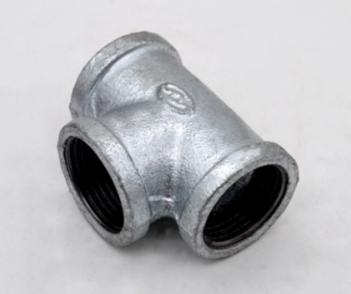What are the disposal options for used baby diaper ?
Disposing of used baby diapers involves several options, including:
- Trash Bin: The most common method is to dispose of used diapers in a sealed trash bin or diaper pail. Wrapping the diaper in its original packaging or a plastic bag before disposal helps contain odors.
- Diaper Genie or Sealed System: Some parents use diaper disposal systems like Diaper Genie, which seals each diaper individually in a specialized container, minimizing odor and making disposal more convenient.
- Biodegradable Diapers: Eco-friendly diaper brands offer biodegradable diapers, which can be composted under specific conditions. Check the manufacturer’s instructions to determine compostability and proper disposal.
- Diaper Services: Some areas offer diaper services that collect used cloth diapers, wash them, and provide them back. This option is primarily for cloth diapers and might not be available in all regions.
- Flushable Liners: Some diaper liners are flushable. These liners catch solids and can be flushed down the toilet, but it’s essential to verify compatibility with the plumbing system.
- Incineration: In some locations, diaper incineration services are available for proper disposal. However, this method is not commonly used and might not be accessible everywhere.
- Recycling Programs: Some diaper brands have recycling programs for certain components of the diaper, like plastic tabs. However, comprehensive recycling options for entire diapers are limited.
It’s essential to note that disposing of diapers in a way that aligns with local regulations and environmental guidelines is crucial. Always check local waste disposal regulations and guidelines before choosing a disposal method for used baby diapers.
How do baby diaper address issues related to odor control?
Baby diapers incorporate several features to address odor control effectively:
- Absorbent Cores: High-quality diapers have super-absorbent cores that quickly trap and lock away moisture, minimizing the growth of odor-causing bacteria.
- Odor-Neutralizing Materials: Some diapers use materials or additives specifically designed to neutralize odors, baby diaper manufacturer preventing the development of unpleasant smells.
- Breathable Layers: Breathable layers allow airflow, reducing the build-up of heat and moisture, which can contribute to odor.
- Sealing Mechanisms: Elastic leg cuffs and waistbands create a seal around the baby’s legs and waist, minimizing the escape of odor.
- Chlorine-Free and Fragrance-Free Options: Diapers that are chlorine-free and free from added fragrances reduce the likelihood of chemical reactions that could produce odors.
- Specialized Liners or Pockets: Some diapers feature specialized liners or pockets that help contain and distribute waste evenly, reducing the potential for localized odor concentration.
- Proper Fit: A well-fitted diaper ensures that waste is contained effectively, minimizing the chances of leaks or odors escaping.
- Moisture-Wicking Layers: Diapers with moisture-wicking layers draw moisture away from the baby’s skin, preventing prolonged contact with wetness that could lead to odors.
- Frequent Changes: Regular diaper changes help maintain cleanliness and prevent odor build-up, especially after bowel movements.
These features work together to control and minimize odors, providing a more pleasant experience for both the baby and caregivers. However, despite these measures, it’s essential to change diapers regularly to ensure optimal hygiene and odor control.



